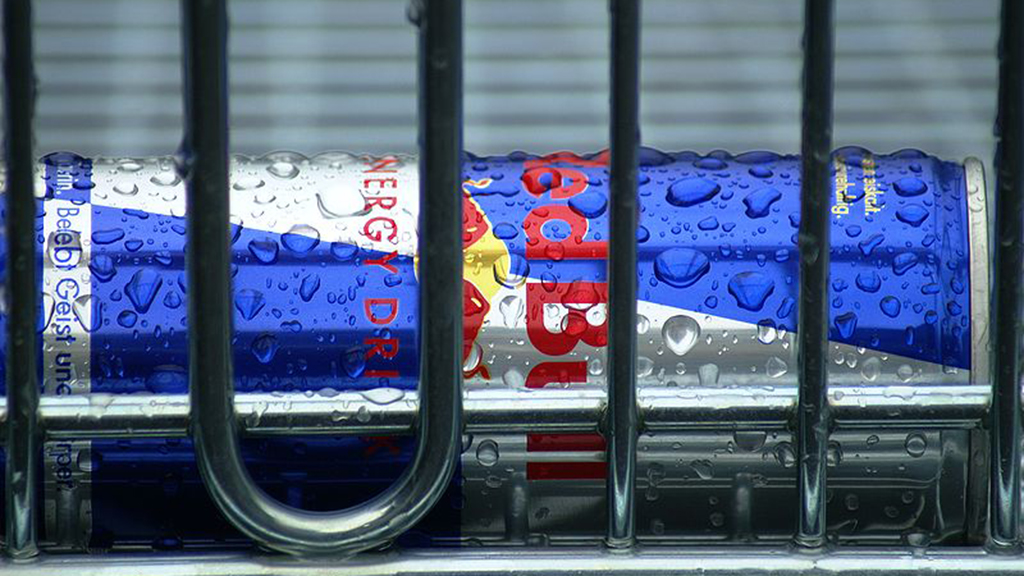Abstract
This case is a “clicker” adaptation of a similarly titled case by Merle Heidemann and Gerald Urquhart of Michigan State University, “A Can of Bull?” The story introduces students to basic principles of metabolism and energy through a biochemical analysis of commonly available “energy drinks” that many students purchase at relatively high prices. Students learn to define energy in a biological/nutritional context, identify valid biochemical sources of energy, discuss how foods are metabolized to generate ATP, and critically evaluate marketing claims for various energy drinks. The case can be used in introductory level courses to introduce these principles or as a review of basic biochemistry and nutrition for upper-level students in nutrition, physiology, or biochemistry courses. The case is presented in class using a PowerPoint (~2.3MB) that is punctuated by multiple-choice questions students answer using personal response systems, or “clickers.”



